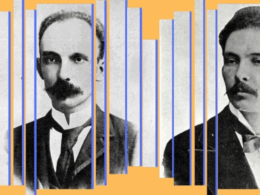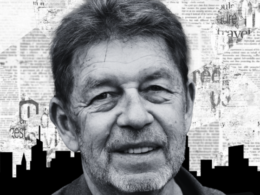Author of the just-published The Tragedy of Arthur, Arthur Phillips joins our continuing series of guest blog posts by writers of fiction, history, essays, and poetry with this exploration of what Vladimir Nabokov’s Pale Fire means to him.
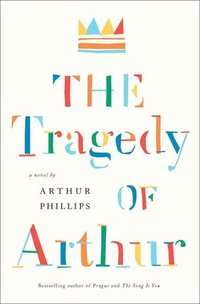
In my evolution from avid reader to reader-with-embarrassing-aspirations to novelist, I have noticed a disturbing trend: I no longer read fiction as I once did. I read as much as I ever have, but I’ve become a professional inspector, examining the author’s tools and tricks, asking an admiring “well now, how did he do that?” Sometimes I believe I can see the writer at work: here is where she added material to cover a flimsy joint; here is where he followed an outline; there is where he improvised. At times I believe I can even make out the starting point, that first stitch where the author began to weave outwards, the theme or character or image that first bubbled up for the author’s attention, convincing or commanding her that it was worth sitting down to write for the next two years.
Of course, I still have magical, unauthorial reading experiences, and in the hands of great writers, my thin skin of technical knowledge falls away and I am as exposed and loving a reader as I was as a little kid hoping Sherlock Holmes would kick Professor Moriarty off that cliff. I just read Moby-Dick for the first time (a couple of decades late), and before long I was just another of Melville’s foam-splashed fans, wishing the 672-page work was twice as huge again. Not that I insist on a diet of the dead: George Saunders’ collections of stories, Pastoralia and CivilWarLand in Bad Decline, instantly turned me into a happy child, and do so on every re-reading.
And then, in a category all by itself, my white whale, unassailable, irreducible, built according to principles forever hidden from me, there is Pale Fire by Vladimir Nabokov, a perpetual motion machine, a seamless circle, invisible to a technician’s eye.
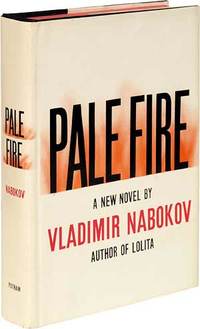
I can find no starting point. I love almost all of Nabokov’s work, yet I can convince myself I see where some of his other books began, the plot hook or creep. Not Pale Fire.
The novel boasts obvious innovations in style and technique, and in other ways it fits plainly into literary tradition, but it seems somehow to be above influence. Yes, you’ll find some Pope and campus comedy and references to Shakespeare and a whiff of Cervantes and a broad satire of Eastern European communism, but . . . but those seem just the tools he had at hand. Nothing about that combination would lead anyone else to Pale Fire. There are books that eventually somebody was going to write. This is not one of them.
I don’t know how he did it. I can play the technician. I can tweeze out the twenty ways his characters inadvertently disclose secrets, or the like. But this is no more impressive than counting his adjectives or identifying his font. Pale Fire is, for me, the one that resists all professional inspection, and, finer still, envy. The novel has burned in me so long that it is now just an object of purest beauty and wonder.
But all of this came later, first came the first experience of reading it, coming to it as a Nabokov fan but knowing nothing else. Then, most amazing of all, I didn’t “get it.”
I’m not a chump, I read carefully, but there it is: I read it and I didn’t notice all of it. I read this book with tremendous enjoyment throughout; I reached the end and suddenly with the last page, Vlad seemed to pull a string, the book began to disappear in my hands, and I heard him snicker. Most revealing of Nabokov’s power over me, I at once re-read the book. Second time through, I found much that had snuck by me before: casual connections, traps laid, ambiguous interpretations, and I arrived at the end again, happier still and yet sure something else was still afoot. Now I read my edition’s intrusive introduction. (I had feared, rightly, it would give too much away, but now I needed it.) In it I learned of interpretations I had never noticed and a plot explanation that had slid right by me. No loss: two years later I read Pale Fire a third time, found what Mary McCarthy had warned me of, let her advice light what I already knew, and I saw even more. My fourth reading still awaits me, but I know I will find new shadows to explore.
| READ THE NOVEL |
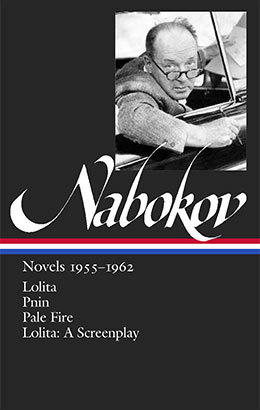 |
| in Vladimir Nabokov: Novels 1955–1962 |
Pale Fire has no obvious ancestors and warns sternly against imitators. Its very structure is unprecedented (I think) and inimitable (I’m certain). For its themes—death, loss, life after death, jealousy, madness, and identity—they’re all serious enough, and yet they swirl in a wildly hilarious story, a story stripped from the usual structural frame and strapped instead to . . . a poem and footnotes. Magically, untraceably, this mad structure comes to seem inevitable; the plot demands the structure, just as the structure demands the plot, and the themes, too, seem to dictate both in turn. Perhaps this is another way of saying Pale Fire is a perfect circle, without seams or fissures, or perhaps it only means that Nabokov is so much smarter than I that his errors and schemes and trails of thought are beyond my investigative skills. Perhaps there is no difference.
And here the question of influence becomes very tricky indeed: how can one feel most influenced by the book that demonstrates its author’s most perfect escape from influence?
The New Yorker found that Phillips’s bestselling second novel, The Egyptologist (2004), played “with fire—Pale Fire—by daring to appropriate the scheme of Nabokov’s cleverest novel.” Of The Tragedy of Arthur, his fifth novel, Michiko Kakutani says “Arthur Phillips has found the perfect vehicle for his cerebral talents: his ingenuity; his bright, elastic prose; and, most notably, his penchant for pastiche—for pouring his copious literary gifts into old vessels and reinventing familiar genres.”


